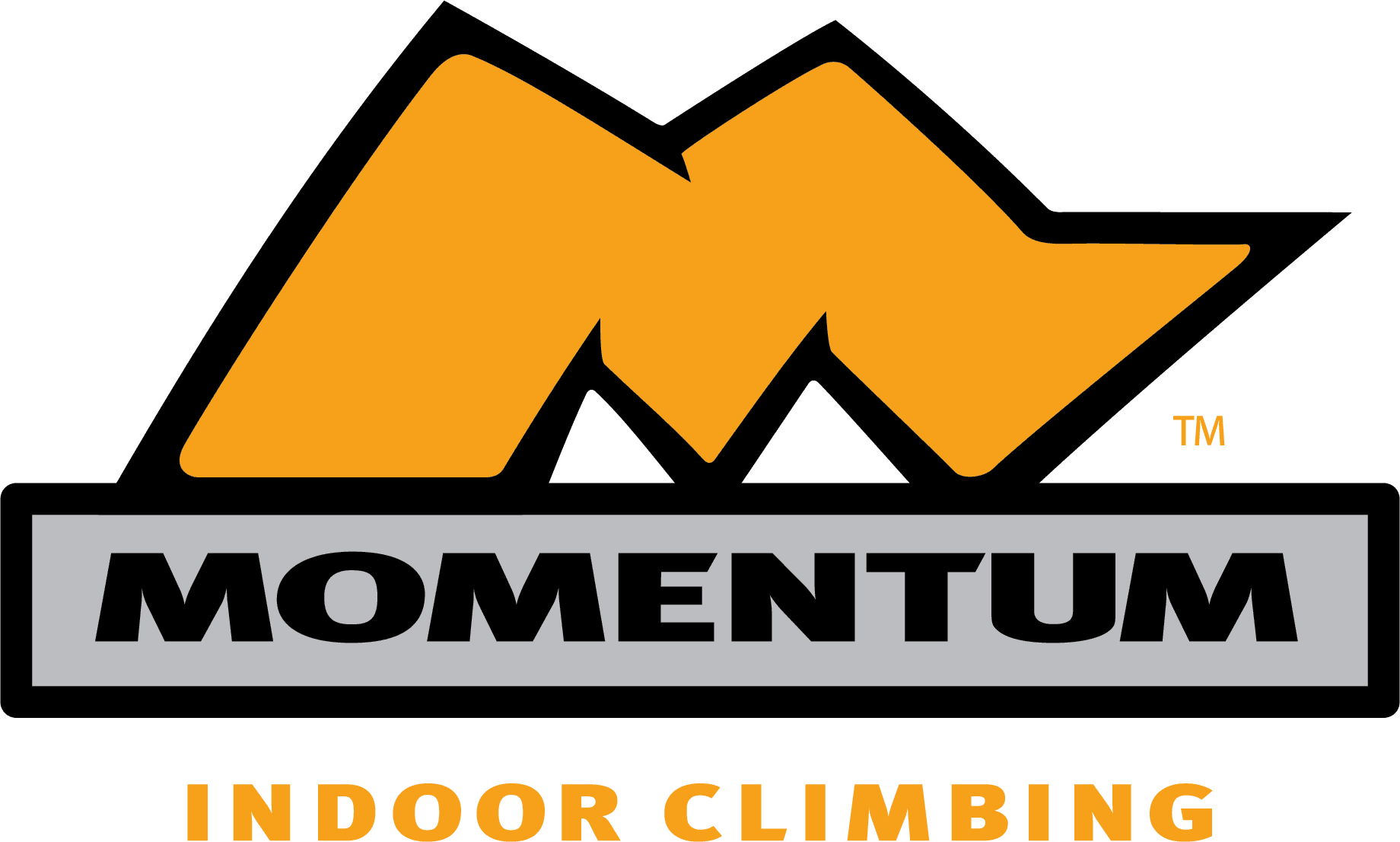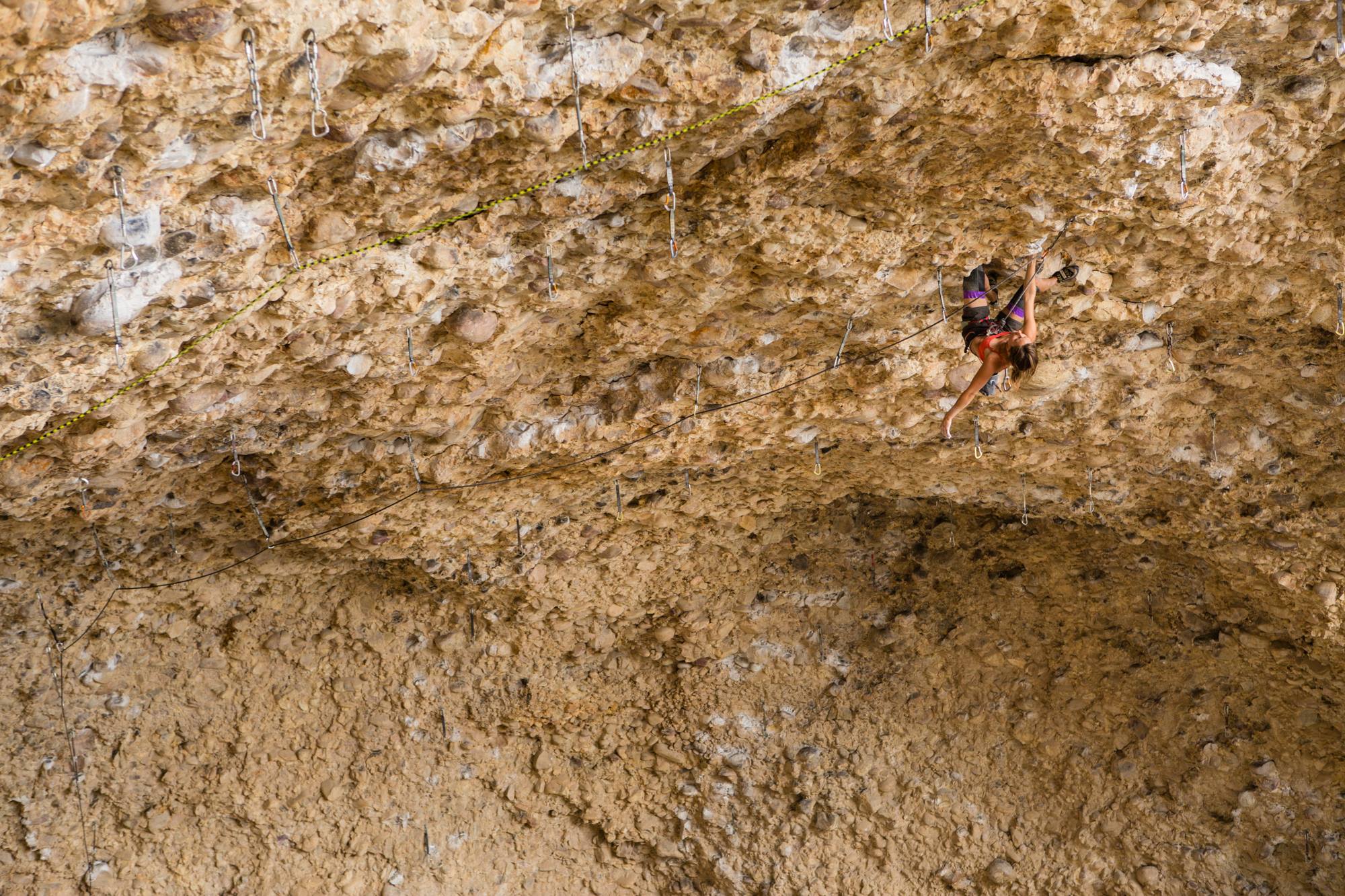by Jon Vickers /
Train to Send: Phase 1 – Volume
Building base fitness gradually prepares the body for more intense activity. In this case, you are preparing to train for the next several months before peaking for a summer trip or goal route. This base building phase acts as a transition from a non-active period to an active one. Many climbers will start with some level of a base, but if you are going to start intensely training it is helpful to dedicate time to the base phase before drastically changing your routine.
This phase can take on a variety of forms depending on your goals, but for the most part training your base consists of lower intensity climbing at a high volume. This means doing endurance based workouts such as ARC (Aerobic Restoration and Capillarity) training, Continuous-Intensity Repetitions (CIRs) and route laps. Boulderers might focus on more bouldering specific routines such as circuits, bouldering CIRs and traverses.
For our program we are going to start with the endurance end of the spectrum and discuss base training as it pertains to climbing routes. However, this base fitness phase will also benefit boulderers especially if you ever want to do a boulder problem like The Wheel of Life or you are new to climbing.
Some Base Benefits
The great part about volume training is that it generally consists of climbing – and lots of it! This is a great phase to have a lot of fun, learn something new and build confidence just moving over stone (or plastic). Go to the gym and climb a ton of easier terrain, lots of easy pitches at a new crag or learn about climbing multi pitch with an experienced friend. Whatever you do just keep the intensity low and the volume high. Focus on climbing efficiently and executing every move with perfection. Even if you can just muscle your way to the next hold, you will climb better across every grade if you commit to being as efficient as possible.
Besides the great opportunity for skill acquisition, there are physiological gains to focus on during the base phase as well. Not only are you trying to prepare your body for the upcoming training phases, you have the opportunity to greatly increase your low-end endurance and aerobic climbing capacity.
The fact is, most of us don’t spend nearly enough time climbing on easy terrain to get the physiological gains that this kind of exercise can offer. We don’t take this approach because the nature of cragging or bouldering does not encourage long continuous stretches of climbing. If you can force yourself to climb at different intensities over different amounts of time you can encourage some pretty cool physical adaptations not to mention increasing your ability to focus and pace yourself on a variety of terrain.
One of the most sought after physiological gains is the capillarization of forearms. This increase of capillaries allows the body to take more oxygen to the forearms and increases a climber’s aerobic/anaerobic threshold. This threshold marks the difference between a climber’s ability to continually climb on a given terrain or developing a debilitating pump on that same terrain. When climbing below the aerobic/anaerobic threshold we do not use the anaerobic system which consumes energy inefficiently and eventually leads to pump. When we can climb below the threshold and stay in the aerobic zone we can climb indefinitely. The higher the aerobic threshold, the more sections of rock you can climb before starting to get pumped and the longer you can save your anaerobic system for when you really need it.
Some Base Exercises
In our next article we will outline some exercises to incorporate into your base building routine. We will discuss some details of ARCing and Continuous Intensity Repetitions (CIRs) with some ideas for the best times and places to do them at our various Momentum locations. With the season being prime in the desert right now, consider planning some bigger climbs especially if long routes in Zion or climbs like Squawstruck in Rock Canyon interest you.
Our Next Article >> “Tips for ARCing at Momentum”
Works Cited and Further Reading:
The Self Coached Climber by Dan Hague and Douglas Hunter
The Rock Climber’s Training Manual by Michael and Mark Anderson
Training for Climbing by Eric Horst


